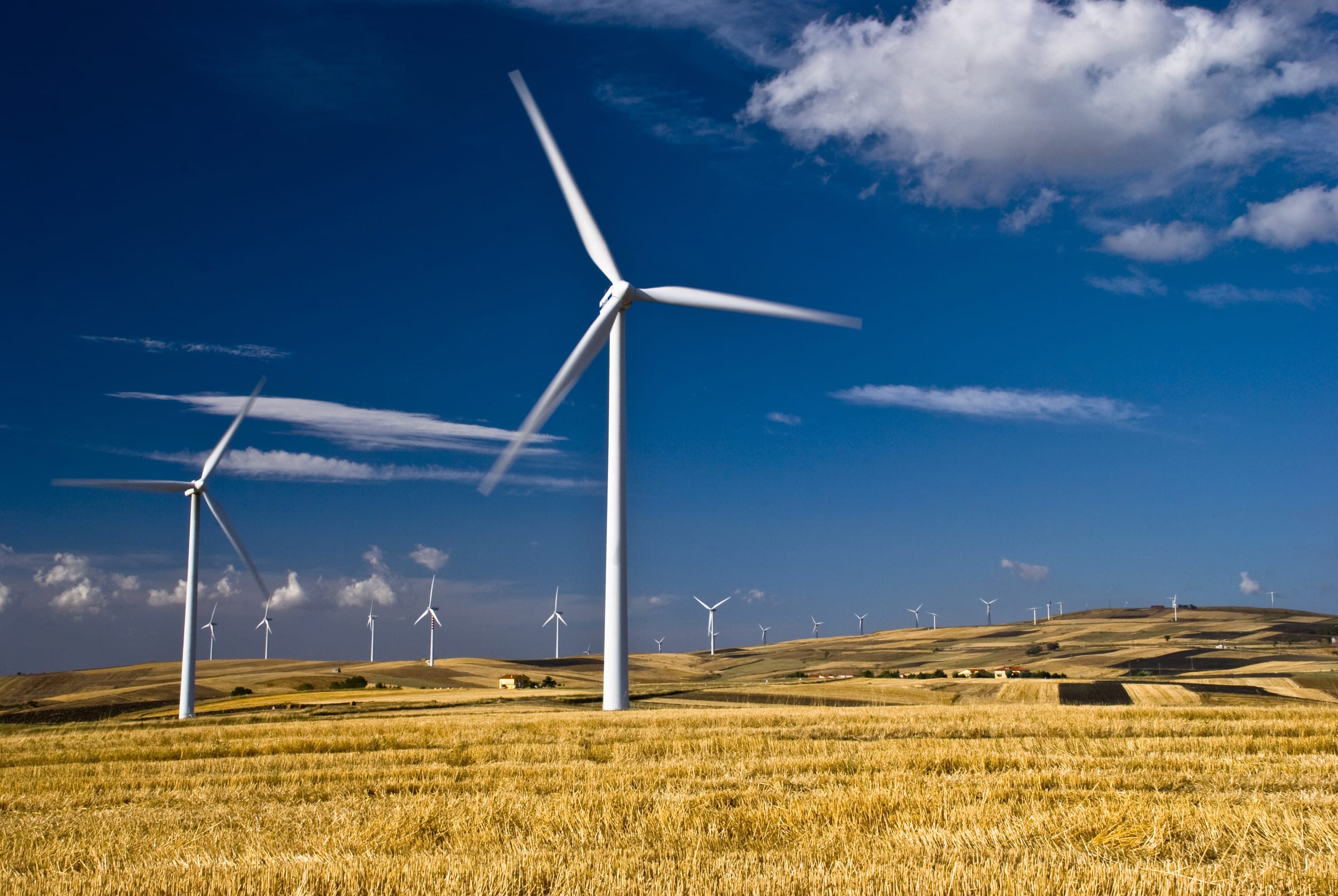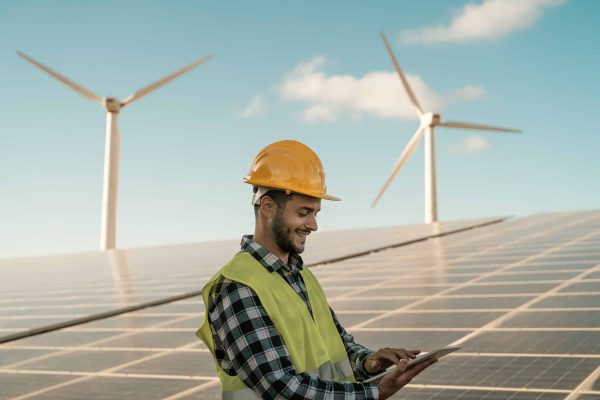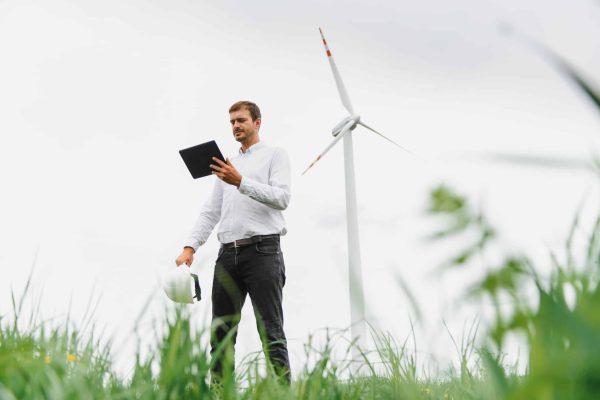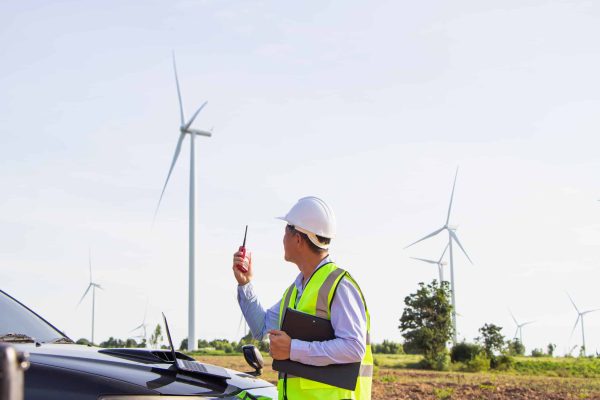As clean energy employers in Australia expand projects across wind, solar, battery, and hydrogen, job seekers face a growing choice: should you pursue a contract role or aim for permanent employment?
For engineers, project managers, and technical specialists in the energy sector, this decision can affect career progression, income stability, work-life balance, and more. This article provides a side-by-side comparison of contract vs permanent roles in energy projects, with insights tailored for Australian job seekers and what recruiters like Vinova look for in both types of candidates.
Short Answer: Contract vs Permanent Roles in Energy Projects
In simple terms:
- Contract roles offer flexibility, higher short-term pay, and project-specific engagements.
- Permanent roles offer security, consistent benefits, and long-term development.
Both are valuable in the clean energy sector, and the “right fit” depends on career stage, risk appetite, and personal goals.
Demand for Both Contract and Permanent Roles in Clean Energy
Across Australia, particularly in states like Victoria, Queensland, and New South Wales, the renewable energy boom is fuelling demand for both contract and permanent positions.
- Contract opportunities are common during peak project phases — e.g., construction, commissioning, grid connection.
- Permanent roles are vital for operations and maintenance, stakeholder engagement, asset management, and leadership.
Employers often use both types of roles within the same project. A utility-scale solar farm, for example, might rely on contract civil engineers during build stages and then hire a permanent site manager to run the asset long-term.
Advantages of Contract Roles in Energy Projects
For many professionals, freelance or contract roles offer advantages that align with modern work preferences:
1. Higher Hourly or Daily Pay
Contractors are often paid a premium compared to permanent staff, especially for niche skills. This compensates for the lack of benefits and shorter engagements. For example, grid engineers or HSE officers can command daily rates well above salaried equivalents during construction phases.
2. Flexibility and Control
Contract work allows professionals to:
- Choose when to work
- Take extended breaks between projects
- Avoid internal politics and long-term corporate culture fit issues
This freedom appeals to those who enjoy variety, autonomy, and project-based outcomes.
3. Diverse Experience Across Projects
By working on multiple short-term contracts, professionals gain exposure to:
- Different technologies (solar, wind, storage)
- Varied geographic locations, including remote projects
- A broader set of employers, project teams, and challenges
This accelerates skill development and industry understanding.
4. Fast Entry and Shorter Hiring Cycles
Contract roles typically have less lengthy onboarding processes. If a company urgently needs a project engineer, a contractor may be hired in a matter of days — making it ideal for candidates looking to re-enter the market quickly.
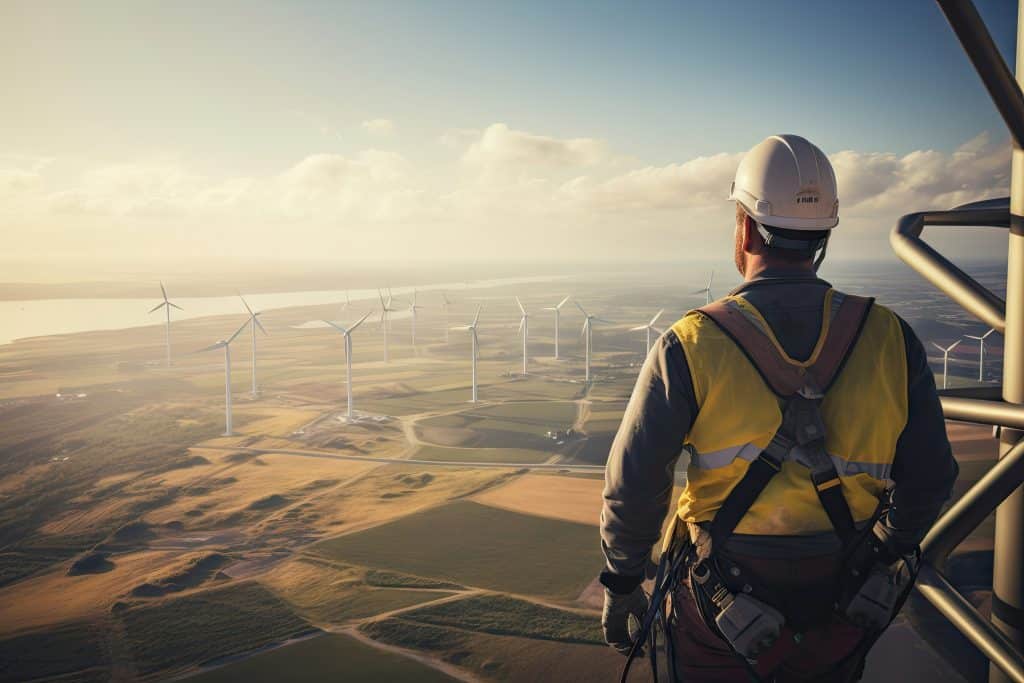
Challenges of Contract Work in Energy Projects
Despite the benefits, contract roles come with trade-offs:
1. No Job Security or Entitlements
Contractors generally:
- Do not receive annual leave or sick leave
- Lack superannuation contributions unless negotiated
- Can be released with minimal notice depending on contract terms
This creates financial unpredictability — particularly for those with fixed expenses or dependents.
2. Gaps Between Projects
Unless a contractor has strong networks or agency support (like Vinova), they may experience downtime between jobs. Planning for these gaps — financially and mentally — is key.
3. Limited Career Progression
Contractors are rarely involved in:
- Internal promotions
- Long-term strategic decisions
- Leadership development programmes
This can lead to a feeling of career “plateauing” if not carefully managed.
4. Business Administration and Insurance
Freelancers must manage:
- Their own tax (often via ABN)
- Professional indemnity and public liability insurance
- Superannuation
- Invoicing and payment follow-up
For some, this is empowering. For others, it’s a hassle.
Benefits of Permanent Roles in Energy Projects
Permanent employment remains the preferred option for many professionals seeking long-term stability and employer investment.
1. Job Security and Benefits
Permanent employees enjoy:
- Predictable income
- Superannuation contributions
- Paid leave (sick, annual, parental)
- Redundancy protections (in some cases)
This structure supports financial planning and peace of mind — especially important for those with mortgages or families.
2. Career Development Pathways
Employers typically invest more in permanent staff through:
- Structured training
- Mentoring
- Leadership progression
- Internal promotions
Candidates who want to grow within a company culture and influence its future are well-suited to permanent roles.
3. Organisational Belonging and Team Culture
Permanent staff are embedded in organisational systems, values, and collaboration. They help shape:
- Long-term strategy
- Cultural initiatives
- Innovation in delivery
This creates a sense of contribution that many find deeply fulfilling.
4. Access to Larger Project Scopes
In many cases, permanent staff have access to earlier-stage work — such as pre-feasibility or policy alignment — giving them broader influence over the project lifecycle.
Drawbacks of Permanent Employment
However, permanent roles can come with limitations:
1. Lower Short-Term Earnings
Compared to contractors, salaried employees often earn less on a per-day basis — particularly in specialised roles. The trade-off is stability and entitlements.
2. Less Flexibility
Leave must be approved, work schedules are structured, and spontaneous travel or downtime is harder to accommodate.
3. Potential for Role Stagnation
Long tenures without new challenges may lead to complacency or boredom if not actively managed by employee and employer.
4. Performance Review Pressure
Permanent employees are often subject to KPIs, formal reviews, and promotion cycles — which can create stress or dissatisfaction if not managed well.
What Clean Energy Employers Look for in Contract vs Permanent Candidates
From a recruiter’s view — like Vinova’s — the ideal candidate profile varies depending on the type of role.
For Contract Roles:
- Immediate availability
- Prior experience on similar projects (ideally plug-and-play)
- Willingness to travel or relocate for remote energy projects
- Proven ability to deliver under tight timeframes
Contract roles often prioritise speed and output.
For Permanent Roles:
- Cultural alignment with employer values
- Interest in long-term growth within the business
- Strong communication and cross-functional teamwork
- Ability to take initiative and lead in uncertain environments
Permanent roles are about relationship-building and consistency.
Hybrid Models: A Growing Trend in Energy Projects
Some clean energy employers in Australia are now using hybrid models:
- Offering 12-month fixed-term contracts with leave entitlements
- Converting high-performing contractors into permanent staff
- Providing permanent roles with contract-like flexibility (e.g., work-from-anywhere policies)
This blend helps attract a wider talent pool, offering the benefits of both models.
Candidates should ask about hybrid options during interviews, particularly with emerging developers or flexible consultancies.
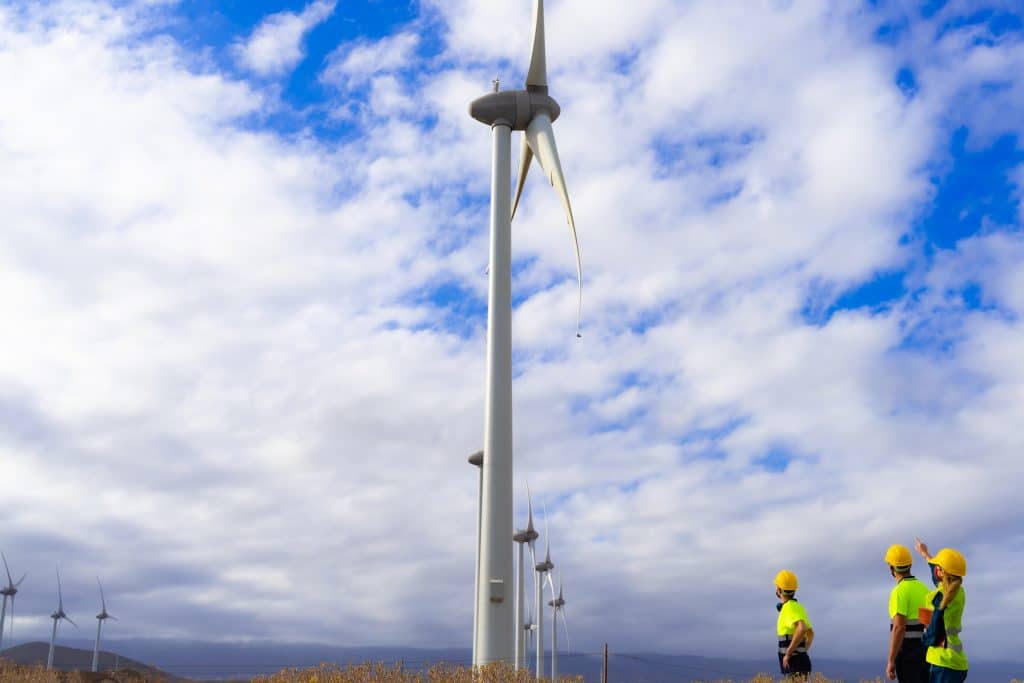
Work-Life Considerations for Contract vs Permanent Roles
Each model affects work-life balance differently:
- Contractors enjoy freedom and mobility but may sacrifice consistency.
- Permanent employees benefit from support systems and structured leave, though flexibility may be limited.
For workers with families, dependents, or health considerations, permanent roles are generally more supportive. For digital nomads or those between life stages, contract roles may feel more aligned.
Financial Planning Tips Based on Role Type
Regardless of choice, financial preparation is critical:
Contractors should:
- Build an emergency fund (3–6 months of expenses)
- Set aside tax payments and GST
- Budget for time between contracts
- Secure insurance (PI, PL, income protection)
Permanent staff should:
- Review superannuation contributions regularly
- Make use of salary packaging or bonuses
- Monitor annual review cycles and pay raises
- Consider upskilling benefits offered by the employer
Choosing the Right Path in Australia’s Clean Energy Workforce
Both contract and permanent roles in energy projects offer rewarding pathways. The best option depends on personal goals, risk tolerance, and lifestyle preferences.
For many, a mixed approach — alternating between contracts and full-time roles — provides the best of both worlds. The key is knowing what you want, what employers expect, and how to align your career with the momentum of Australia’s renewable energy future.
Recruiters like Vinova can help candidates understand market demand, prepare strong applications, and secure roles that align with their preferences — whether short-term, long-term, or somewhere in between.
